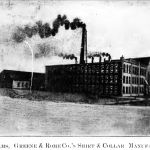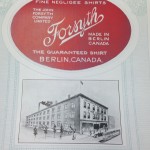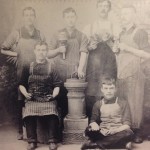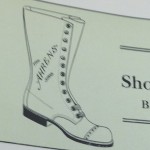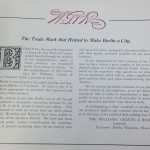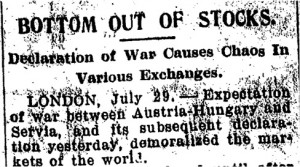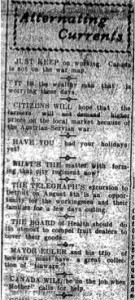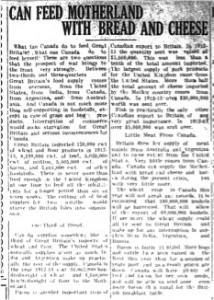The Mennonite settlers of the Waterloo Region established a rich farming tradition in the Waterloo Region, which was continued by the European German settlers who arrived soon after. The fertile farmland in Waterloo Region allowed for the cultivation of several important crops, notably flax, wheat, and other important grains. Due to this type of production, grist mills became some of the first businesses in the area, grinding wheat into flour. One of the first grist mills was established by a Mennonite named Abraham Erb in 1816. However, by the 20th century, as the Region developed key industrial centers in Berlin, Waterloo, and Galt, farmers began to lose their economic influence in the face of rural depopulation.
(McLaughlin, Kenneth. The Germans in Canada. Ottawa: The Canadian Historical Association, 1985; McLaughlin, Kenneth. Waterloo: An Illustrated History. Waterloo: Windsor Publishing Canada, 1990; Fifth Census of Canada 1911, Volume II and III. C.H.Parmelee: Ottawa, 1912.; Fourth Census of Canada 1901, Volume II and III. Ottawa: S.E.Dawson, 1902.; Third Census of Canada, 1890-91, Volume II and III. S.E.Dawson, 1893.; Second Census of Canada, 1880-81, Volume II and III. Maclean, Roger & Co: Ottawa, 1883.; First Census of Canada, 1870-71 Volume II and III. Ottawa: I.B. Taylor, 1873.)
